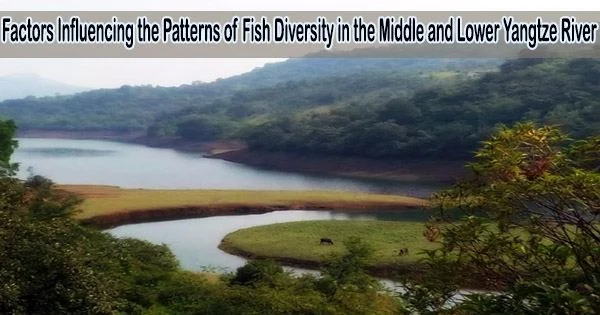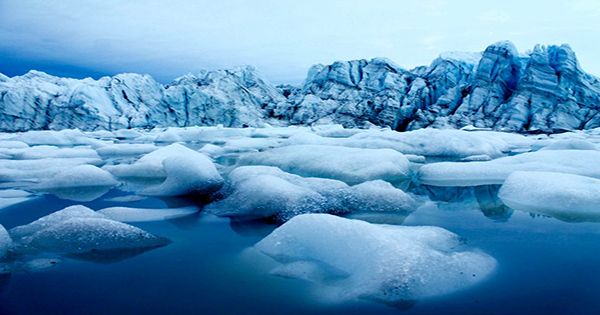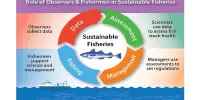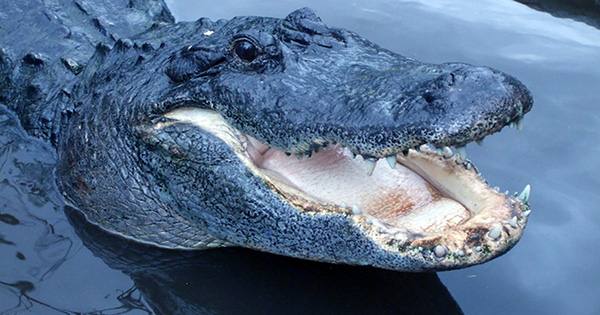Freshwater biodiversity patterns throughout the world’s aquatic systems have been significantly altered by human-caused alterations to the topography and riverscape. Small- and medium-sized streams have seen sharp declines, according to previous studies, but attention has been less on the patterns and factors that influence fish biodiversity in larger riverine systems.
The research team led by Prof. Chen Yushun from the Institute of Hydrobiology (IHB) of the Chinese Academy of Sciences, in collaboration with the Michigan State University, University of Washington, and International Joint Commission, demonstrated the roles of river-lake connectivity, wetland extent, and human stress factors in shaping patterns of alpha and beta diversity for migratory and nonmigratory fishes in the middle and lower reaches (MLR) of the Yangtze River. The results were recently published in Landscape Ecology.
The purpose of this study was to investigate the relationship between the extent of wetland, a number of human stress factors, such as urbanization, fishing pressure, navigation, and shoreline modification, and three classifications of fish assemblage data, including all species, nonmigratory species, and migratory species, which were sampled along gradients of river-lake connectivity in Dongting and Poyang lakes.
Based on the distance between the sampling reaches and Poyang Lake or Dongting Lake, the researchers used clustering analysis to divide the sampling reaches into three segments, including MLR1, MLR2, and MLR3.
MLR1 was situated nearest to Dongting Lake and further upstream. MLR2, located in the center, was the region closest to Poyang Lake. The MLR3 reach was positioned further downstream and was the furthest away from Dongting and Poyang lakes.
The researchers used one-way permutational multivariate analysis of variance to find spatial fish diversity (alpha and beta) trends in the middle and lower Yangtze River. The findings demonstrated that, when compared to the other two segments for both migratory and nonmigratory species, MLR3 had the lowest species richness and the highest total beta diversity (dBC).
To aid in the mechanistic interpretations of relationships between the explanatory variables and fish alpha and beta diversity, the researchers also performed redundancy analysis and distance-based redundancy analysis.
Fish alpha and beta diversity was significantly influenced by river-lake connection, the size of the wetland, and fishing pressure. The number of wetlands was mostly related to species nesting behavior, and connections with nonmigratory fish species were strongest. Turnover was primarily associated with river-lake connectivity (mainly Poyang Lake), especially for migratory species.
In this vast river environment, preserving hydrological connections and wetland habitats is necessary for fish variety conservation, along with lowering fishing pressure. The results of this study will support Yangtze River fish conservation activities more effectively.
















